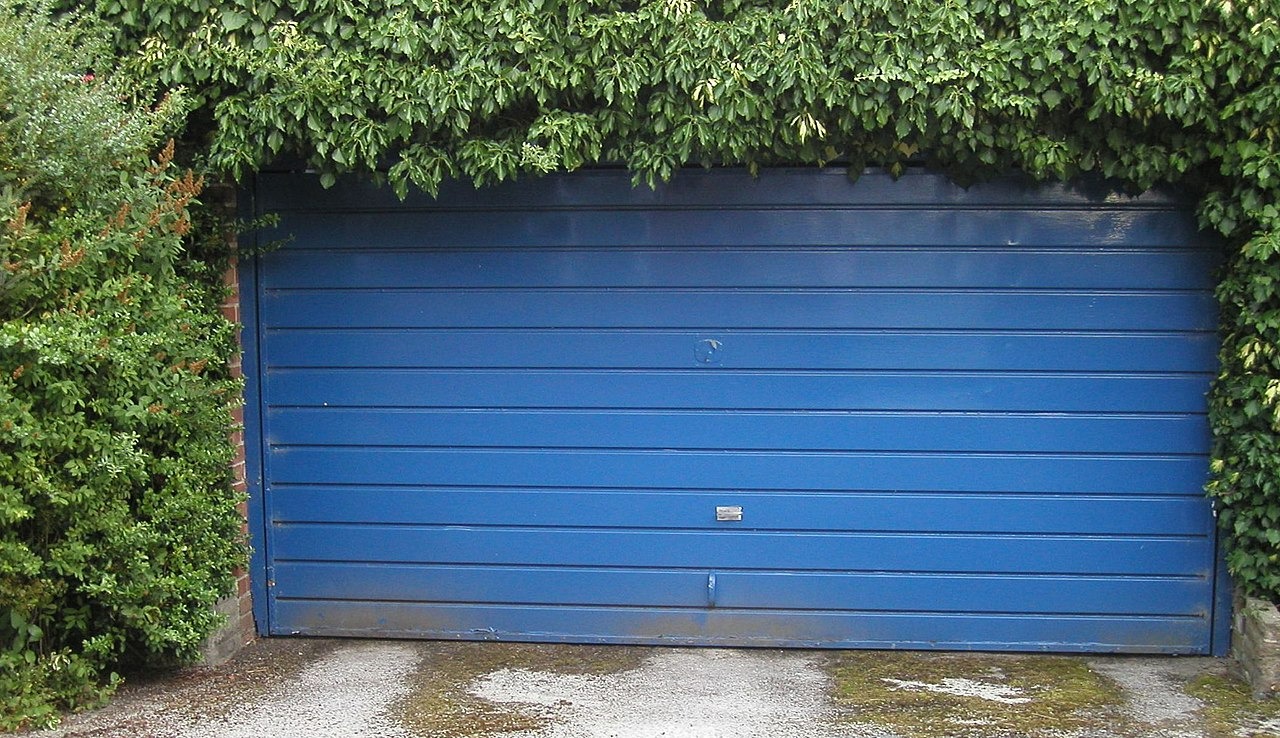Your engine temperature gauge climbs into the red zone on a Tuesday morning commute. Steam pours from under the hood. The culprit? A $20 plastic coolant flange that just catastrophically failed, potentially destroying your engine. Welcome to automotive planned obsolescence at its most cynical.
The Science of Scheduled Failure
European automakers use glass-filled nylon (PA66) for critical coolant system components because it’s cheap and lightweight. But here’s the engineering truth they don’t advertise: continuous thermal cycling between ambient temperature and 200°F makes this plastic brittle over time. Between 80,000 and 100,000 miles—just outside most warranty periods—these flanges lose flexibility and crack without warning.
An Industry-Wide Pattern
This isn’t isolated to one manufacturer’s oversight. Across German luxury brands, plastic coolant flanges, thermostat housings, and junction blocks routinely fail at similar intervals. BMW’s B46 engines alone have become notorious for problematic plastic coolant flanges. The pattern suggests an industry-wide acceptance of cooling system components that fail predictably outside warranty coverage.
- Volkswagen
- Audi
- BMW
- Mercedes-Benz
- Porsche
When Small Parts Create Big Bills
When these flanges fail, they dump coolant instantly, creating overheating emergencies that can warp cylinder heads or blow gaskets. The part costs $15-$30, but accessing it requires extensive disassembly—resulting in $400-$1,200 labor charges. Mechanics call these components “silent saboteurs” because owners get zero warning before catastrophic failure. You’re driving normally until suddenly you’re not.
The failure mode is particularly cruel: no coolant type or additive can prevent the material’s aging, and regular visual inspection provides limited value since failures are often internal or microscopic until total rupture occurs.
The Aluminum Alternative
Smart owners replace plastic flanges with aluminum alternatives during timing belt service or cooling system maintenance. These metal units resist thermal stress indefinitely, effectively eliminating this failure point. CRP Automotive and other suppliers offer direct-fit aluminum replacements that mechanics praise for “fit-and-forget” reliability.
If you own a European vehicle approaching 80,000 miles, proactive flange replacement beats reactive engine replacement. The choice between a $200 preventive service and a $4,000 engine rebuild shouldn’t require difficult math—especially when you can address this ticking time bomb before it detonates under your hood.





























